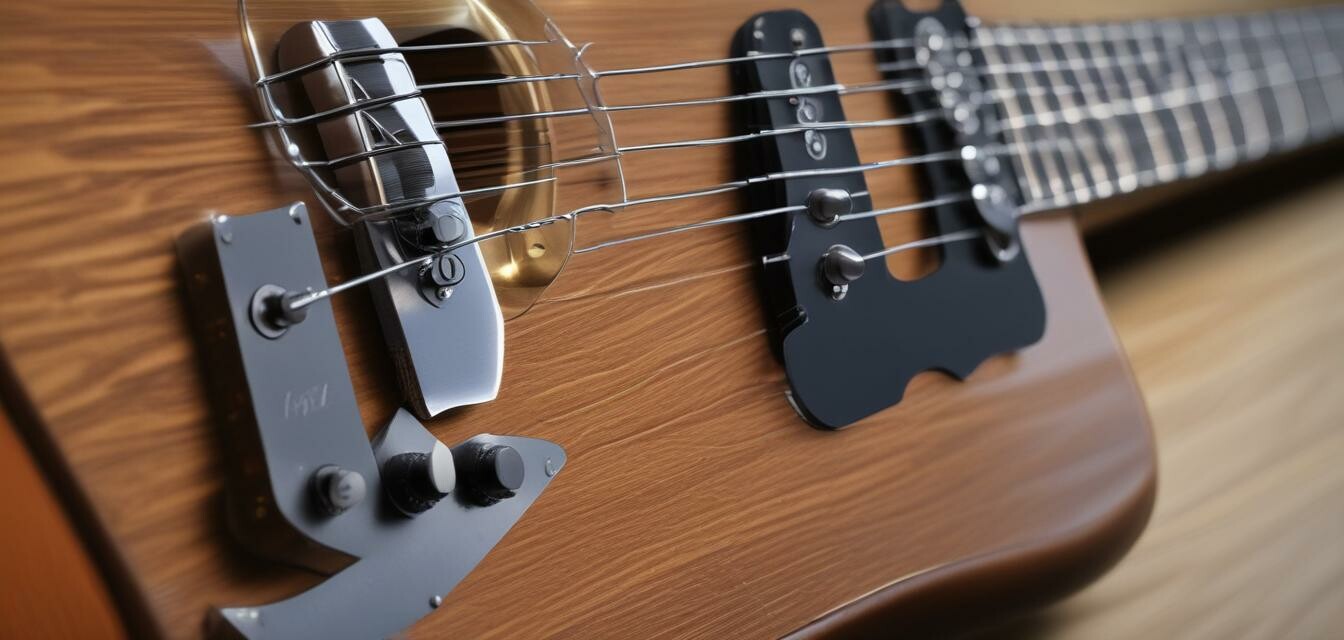
Essential features to look for in your first Fender
Key Takeaways
- Understand the importance of body styles in sound and comfort.
- Pickups greatly influence the tonal quality of your guitar.
- Fretboard material can affect playability and sound.
- Don’t ignore the significance of hardware quality, including tuners and bridge.
- Consider additional features that enhance playability for beginners.
Purchasing your first Fender guitar can be an exciting yet overwhelming experience. With various models and features to consider, it's essential to understand some key aspects that can make your decision easier. This guide provides an overview of essential features and specifications to look for, ensuring you make a well-informed choice that aligns with your musical needs.
1. Body style
The body style of a Fender guitar is fundamental to achieving your desired sound and comfort level while playing. Here are the most popular body shapes you’ll encounter:
| Body Style | Description | Sound Characteristics |
|---|---|---|
| Stratocaster | Cotrolled curves, double-cutaway for better accessibility | Bright and airy tones, good for solos and chording |
| Telecaster | Distinctive single-cut style with a solid body | Clean and cutting tones with strong mid-range |
| Jazzmaster | Unique offset body for enhanced comfort | Warm tones, rich harmonic content, versatile for genres |
| Jaguar | Shorter scale, offset body shape | Bright and snappy sound, ideal for rhythmic playing |
2. Pickups
Pickups are crucial as they convert string vibrations into electrical signals. Different types of pickups will produce varying sounds. Here are the common types:
- Single-coil pickups: Bright, sharp sounds, great for clean tones.
- Humbucker pickups: Fuller, warmer tones; fewer hums and noise.
- P90 pickups: A mix between single-coil and humbucker; bright and punchy mid-range.
3. Fretboard material
The material of the fretboard can significantly impact the overall feel and tone. The most common materials include:
| Material | Description | Tonality |
|---|---|---|
| Rosewood | Dense and dark wood; offers a warm sound | Rich frequencies with good sustain |
| Maple | Light-colored wood; known for its sleek look | Bright and snappy tones, clear articulation |
| Pau Ferro | Similar to rosewood in feel, but slightly brighter | Balanced tones with a bit of brightness |
4. Hardware quality
Quality hardware can influence tuning stability and durability. Key hardware components include:
- Tuners: Look for reliable tuners to ensure stable tuning.
- Bridge: The bridge type will affect sustain and intonation.
- Nut: A well-made nut can enhance tuning and overall playability.
5. Additional features
For beginners, certain additional features can greatly enhance the playing experience:
- Neck profile: Choose a comfortable shape for your hand size.
- Action setup: Proper action height can make playing easier.
- Weight: Lighter guitars are usually more comfortable for prolonged use.
Conclusion
As you embark on your journey of selecting your first Fender guitar, understanding these essential features will help demystify the process. Whether you prefer the bright tones of a Stratocaster or the thump of a Telecaster, there’s a Fender out there for you. Don't forget to check out our complete guides on Fender electric guitars and acoustic guitars for a deeper dive into your options.
Pros
- Wide variety of models to fit all styles.
- High quality craftsmanship.
- Strong resale value.
- Community support and resources available.
Cons
- Price range can vary greatly.
- Some advanced features may be overwhelming for beginners.
Learn more
For further guidance, visit our Buying Guides section for helpful tips on making the right purchase.